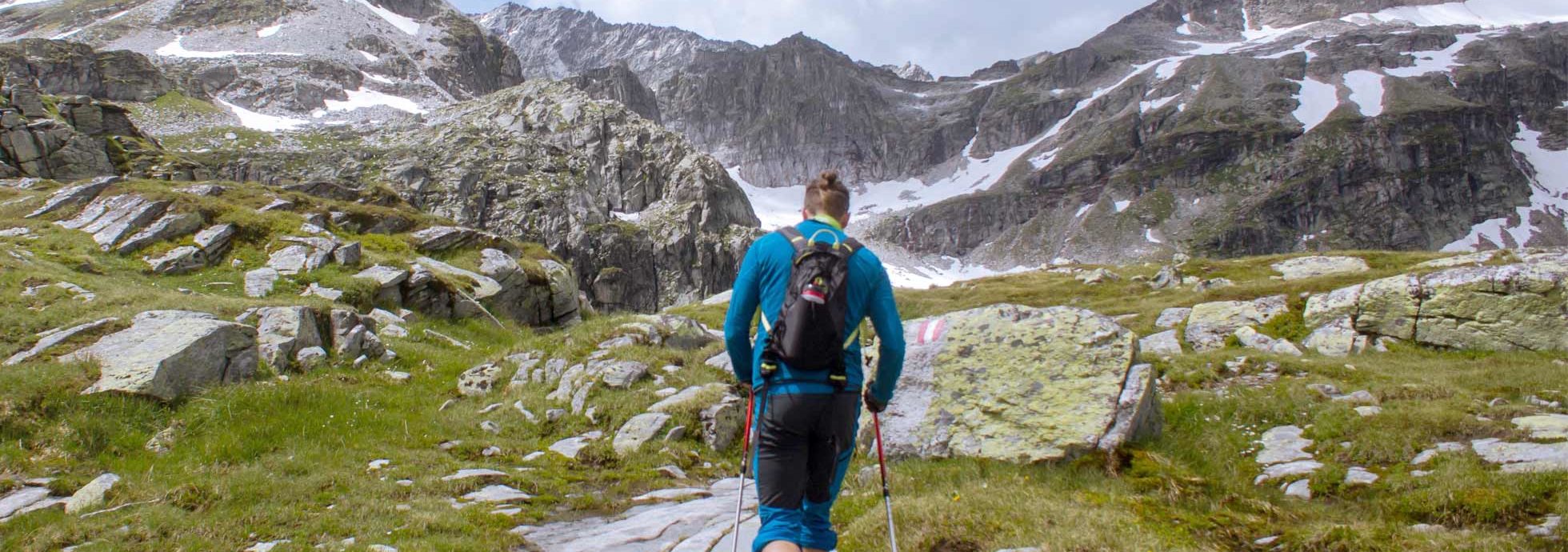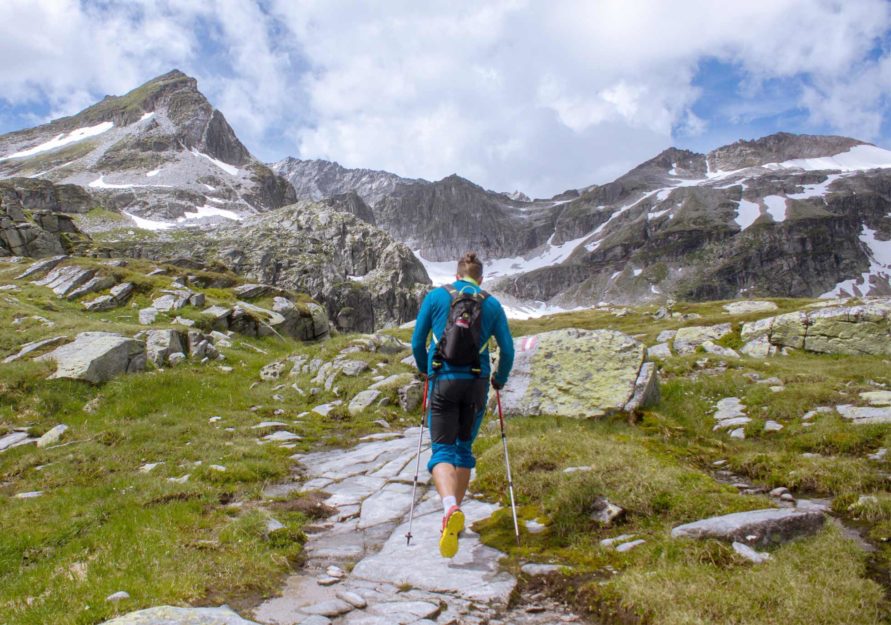Enjoy some of the world’s best hiking in Yellowstone National Park and the Gallatin National Forest.
Hiking Trails in Gallatin National Forest and Yellowstone National Park around Hebgen Lake
Introduction
The vast landscapes of southwestern Montana, home to the Gallatin National Forest and Yellowstone National Park, offer some of the most scenic and adventurous hiking trails in the United States. Nestled within these expansive forests and parks is Hebgen Lake, a serene destination perfect for nature enthusiasts. This article will explore the history of Gallatin National Forest, Yellowstone National Park, and Hebgen Lake, highlight some of the best hiking trails in these areas, and provide essential hiking tips and safety information to ensure a memorable and safe hiking experience.

History of Gallatin National Forest, Yellowstone National Park, and Hebgen Lake
Gallatin National Forest
The Gallatin National Forest, established in 1899, is named after Albert Gallatin, the fourth U.S. Secretary of the Treasury. Encompassing over 2.1 million acres, the forest is part of the Greater Yellowstone Ecosystem, one of the largest nearly intact temperate-zone ecosystems on Earth. The forest’s diverse landscapes, including rugged mountain ranges, lush valleys, and clear rivers, provide habitats for a rich array of wildlife such as grizzly bears, wolves, elk, and bison. For more information, visit the Gallatin National Forest website.
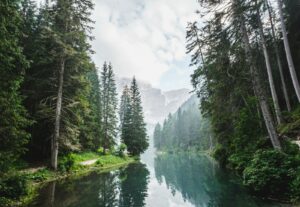
Yellowstone National Park
Yellowstone National Park, established in 1872 as the world’s first national park, is a place of unparalleled natural beauty and geothermal wonders. The park spans over 2.2 million acres and is known for its geysers, hot springs, waterfalls, and diverse wildlife. Yellowstone’s historical significance extends beyond its natural wonders, as it has played a crucial role in the conservation movement and the establishment of the National Park Service. Learn more on the Yellowstone National Park website.
Hebgen Lake
Hebgen Lake, a man-made reservoir on the Madison River, was created by the Hebgen Dam in 1914. Covering an area of approximately 12,000 acres, the lake stretches 15 miles in length and 4 miles in width. In 1959, Hebgen Lake was the epicenter of a powerful earthquake that caused significant geological changes and created Quake Lake nearby. Despite this tumultuous history, Hebgen Lake remains a tranquil spot for recreation, including fishing, boating, and hiking. More details can be found on the Hebgen Lake Recreation Area page.
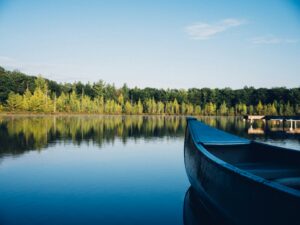
Popular Hiking Trails in Gallatin National Forest around Hebgen Lake
1. Quake Lake Trail
Length: 3 miles (round trip)
Difficulty: Easy to Moderate
The Quake Lake Trail offers hikers a unique opportunity to witness the dramatic effects of the 1959 earthquake. The trail takes you along the shores of Quake Lake, where you can see remnants of the landslide and submerged trees. Informational signs along the trail provide insights into the geological event and its aftermath.
- Trailhead Location: Quake Lake Visitor Center
- Best Time to Hike: Late spring to early fall
2. South Fork Madison River Trail
Length: 7 miles (round trip)
Difficulty: Moderate
This trail follows the South Fork of the Madison River, offering scenic views of the river and surrounding mountains. The trail meanders through forests and meadows, providing ample opportunities for wildlife sightings. Anglers will also appreciate the excellent fishing spots along the way.
- Trailhead Location: South Fork Campground
- Best Time to Hike: Summer to early fall
3. Cabin Creek Trail
Length: 5 miles (round trip)
Difficulty: Moderate
The Cabin Creek Trail is a beautiful hike that takes you through a variety of landscapes, including dense forests and open meadows. The trail is well-maintained and offers stunning views of the surrounding mountains. This trail is particularly lovely in the fall when the leaves are changing colors.
- Trailhead Location: Cabin Creek Campground
- Best Time to Hike: Summer to early fall
4. Teepee Creek Trail
Length: 4 miles (round trip)
Difficulty: Moderate
The Teepee Creek Trail is a lesser-known gem that offers solitude and beautiful scenery. The trail winds through forests and along Teepee Creek, eventually leading to a picturesque waterfall. This trail is ideal for hikers looking for a peaceful escape.
- Trailhead Location: Teepee Creek Trailhead
- Best Time to Hike: Late spring to early fall

Best Hiking Trails in Yellowstone National Park
1. Fairy Falls Trail
Length: 5 miles (round trip)
Difficulty: Easy to Moderate
The Fairy Falls Trail is a popular hike that takes you to one of Yellowstone’s most beautiful waterfalls. The trail also offers an optional detour to the Grand Prismatic Spring Overlook, providing a stunning view of this iconic geothermal feature.
- Trailhead Location: Midway Geyser Basin parking area
- Best Time to Hike: Summer to early fall
2. Mount Washburn Trail
Length: 6 miles (round trip)
Difficulty: Moderate
The Mount Washburn Trail offers panoramic views of the park and the surrounding mountain ranges. The trail ascends to the summit of Mount Washburn, where you can enjoy breathtaking vistas and possibly spot bighorn sheep.
- Trailhead Location: Dunraven Pass or Chittenden Road
- Best Time to Hike: Summer to early fall
3. Uncle Tom’s Trail
Length: 1 mile (round trip)
Difficulty: Moderate to Strenuous
Uncle Tom’s Trail provides a unique perspective of the Lower Falls of the Yellowstone River. The trail includes a series of steep steps that descend into the Grand Canyon of the Yellowstone, offering stunning views of the waterfall and the canyon walls.
- Trailhead Location: Artist Point parking area
- Best Time to Hike: Summer to early fall
4. Lamar Valley Trail
Length: Varies
Difficulty: Easy to Moderate
The Lamar Valley Trail offers hikers the chance to explore one of Yellowstone’s most wildlife-rich areas. The valley is known for its abundant wildlife, including bison, elk, wolves, and grizzly bears. Various trails crisscross the valley, allowing for flexible hiking options.
- Trailhead Location: Lamar Valley
- Best Time to Hike: Spring to fall
Hiking Tips and Tricks
1. Plan Your Hike
Before heading out, plan your hike by researching the trail, checking the weather forecast, and informing someone of your plans. Make sure to carry a map and compass or a GPS device, and be familiar with your route.
2. Pack the Essentials
Always carry essential items such as:
- Water: Bring plenty of water to stay hydrated. A water filter or purification tablets can be useful if you need to refill from natural sources.
- Food: Pack high-energy snacks and enough food for your hike.
- Clothing: Dress in layers to accommodate changing weather conditions. A rain jacket and hat are essential.
- First Aid Kit: Include bandages, antiseptic wipes, pain relievers, and any personal medications.
- Navigation Tools: Map, compass, or GPS device.
- Sun Protection: Sunglasses, sunscreen, and a hat.
- Emergency Shelter: A lightweight emergency blanket or bivy sack.
3. Wear Appropriate Footwear
Choose sturdy, comfortable hiking boots with good ankle support and traction. Break them in before your hike to avoid blisters.
4. Practice Leave No Trace Principles
Respect the environment by following Leave No Trace principles:
- Pack it in, pack it out: Carry out all trash and leftover food.
- Stay on trails: Avoid creating new paths or trampling vegetation.
- Respect wildlife: Observe animals from a distance and do not feed them.
- Leave what you find: Preserve the natural and cultural features of the area.
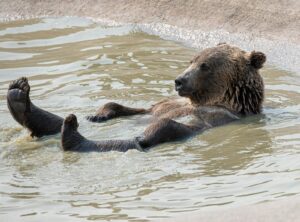
Safety Information
1. Bear Safety
The Gallatin National Forest and Yellowstone National Park are home to both grizzly and black bears. To stay safe, follow these guidelines:
- Carry Bear Spray: Always carry bear spray and know how to use it. Keep it accessible on your belt or pack strap.
- Make Noise: Hike in groups and make noise by talking or clapping to avoid surprising a bear.
- Store Food Properly: Use bear-resistant containers and hang food away from your campsite.
- Know What to Do: Learn how to react in a bear encounter. If you see a bear, remain calm, speak softly, and slowly back away.
2. Weather Preparedness
Weather in the mountains can change rapidly. Be prepared for varying conditions:
- Check the Weather: Before your hike, check the local weather forecast.
- Dress in Layers: Wear moisture-wicking base layers, insulating layers, and a waterproof outer layer.
- Know the Signs: Be aware of signs of hypothermia (shivering, confusion) and heat exhaustion (dizziness, nausea).
3. Navigation and Communication
- Know Your Route: Familiarize yourself with the trail map and landmarks.
- Carry a Map and Compass: GPS devices can fail; always have a backup.
- Tell Someone: Inform a friend or family member of your hiking plans and expected return time.
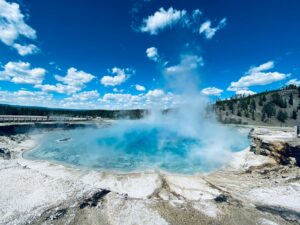
Conclusion
Hiking in the Gallatin National Forest around Hebgen Lake and in Yellowstone National Park offers unparalleled opportunities to immerse yourself in the natural beauty of Montana and Wyoming. From the dramatic landscapes shaped by historical events to the diverse wildlife and serene trails, these areas are a hiker’s dream. By following the tips and safety guidelines provided, you can enjoy a safe and memorable hiking experience. For more detailed trail information and maps, visit the Gallatin National Forest and Yellowstone National Park websites.

